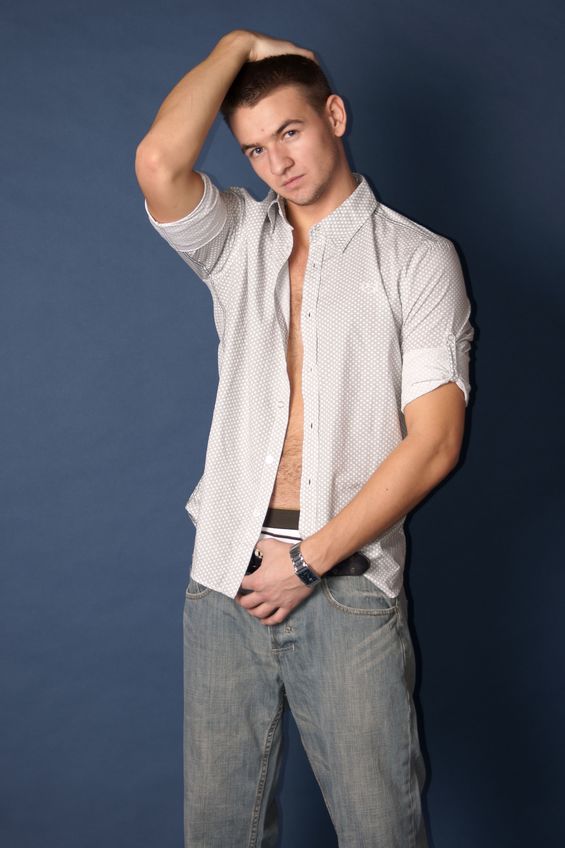Fetish clothes can be a source of sex and arousal for both sexes. However, there are some misconceptions about sex and fetish clothing.

In this article, we’ll discuss the Objectification theory, Fetish clothing, and the Effects of repeated exposure to sexy clothing on women. We’ll also examine the effects of repeated exposure to sexy clothing on women, so that you can make an informed decision on what to wear to a night out.
Objectification theory
The Objectification Theory of Sexual Clothing proposes that women objectify their bodies and become self-conscious because of exposure to images of themselves as sex objects. The theory was originally developed with women in mind and most of the extant research into dress, sex, and objectification focuses on women. While it can apply to both sexes, it is most likely to have the greatest impact on women.
Using objectification theory as a guide, researchers have documented the increasing objectification of women in twentieth century media. Objectifying clothing was associated with lower ratings of competence and higher levels of sexual objectification. The findings of this study support the theory’s claims. But, does this theory apply to everyday life? To find out, consider the following:
Objectification in music videos
A common theme of objectifying women in music videos is the oversexualization of mundane daily tasks, such as washing dishes or shaving. However, the majority of music videos that objectify women feature nameless or unrecognisable women. In contrast, Boys makes use of a number of famous names and uses a wide range of female visuals to mock oversexualization. In this article, I’ll explore how the music video uses gender and non-verbal gestures to objectify women.
Objectification is an unfortunate reality that many music videos make. In most cases, the rap and hip hop genres, women are portrayed as sex objects, often exposed or half-naked. In other cases, women aren’t shown at all. As a result, they are merely body showpieces and are frequently denied a sense of self. While this is not a universal trend, there are some common patterns that can help us understand how we objectify women.
Effects of repeated exposure to sexy clothing on women
Recent research suggests that repeated exposure to sexy clothing can negatively affect women’s self-esteem. During a study, Aubrey et al. (2010) asked undergraduate women to compare images of a woman in a low-cut tight dress with a similar photo of a model in a more conventional, more modest dress. The women compared to the control group were more likely to self-objectify and to use negative language to describe their appearance.
The study also found that men at risk for sexual coercion made decisions about sexual interest based on their perception of a woman in a sexy dress. Men who had high levels of rape myth acceptance were more likely to attribute sexual interest to women in sexy clothing. The results of these studies were influenced by individual differences in the history of sexual coercion and attitudes toward it.



